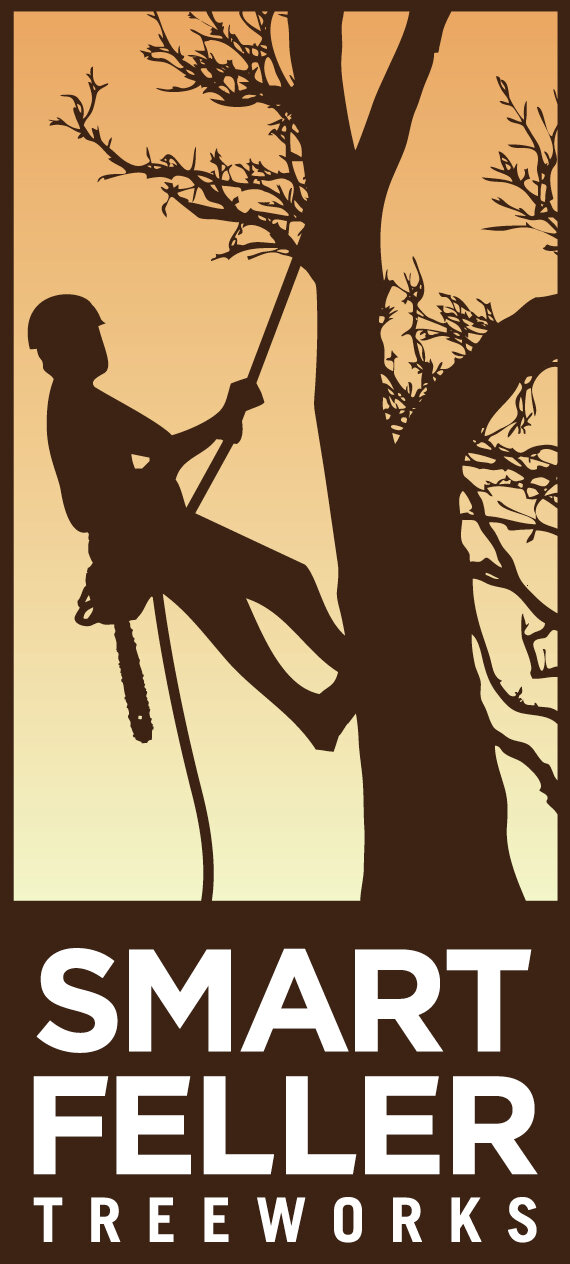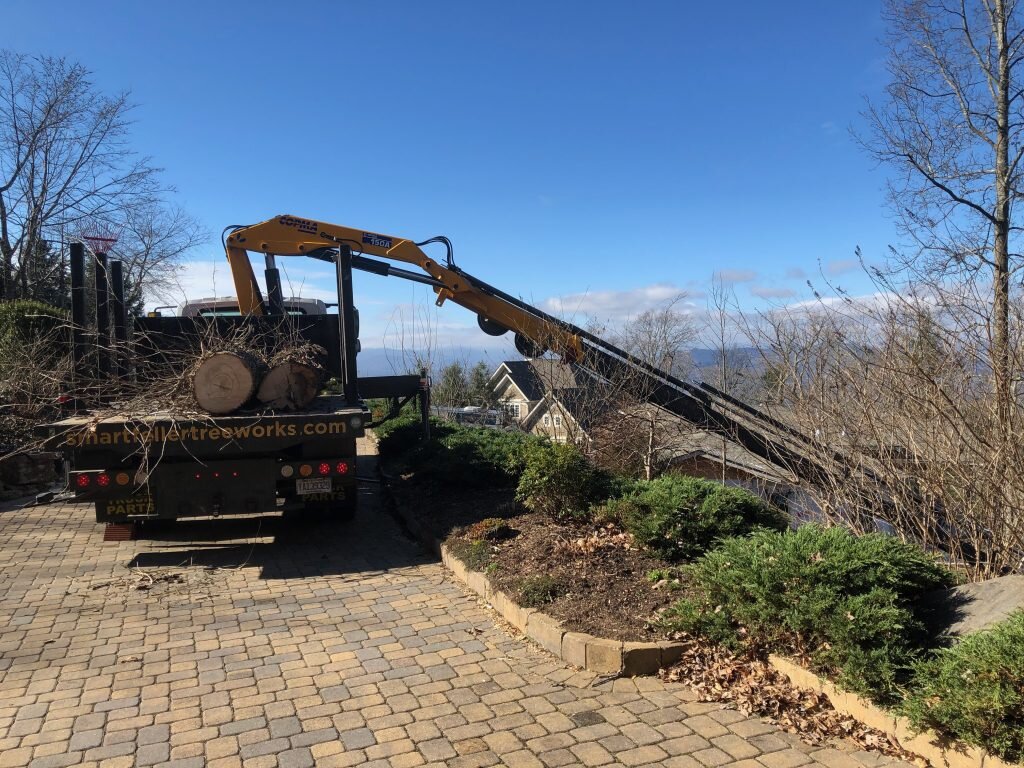We LOVE Our New Crane!


Cranes are a big deal. Operating them requires special training and careful calculation. Saving both our backs and our time, it helps us conduct tree care more safely and with less impact to the landscapes we work around. The design of this crane makes it possible to reach in many directions so it is useful in a diverse set of circumstances. Fully extended the boom reaches 70 feet.
Our Copma is small in the world of cranes, weighing in at 23,000 pounds when empty, however is our largest piece of equipment yet. It is no small endeavor when it needs to be towed!

Peers as Teachers: Rope Safety
Our crew gathers every morning before dawn or just as the sun is rising to prepare for the work day ahead. We work long hours to insure we have enough time to get the job done right, with safety and accuracy. This sometimes means we push 12 hour days including preparing our fleet and taking care of our tools and gear. The silver lining? That beautiful morning light and our crew getting to take most Fridays off!Once a week we make time to meet as a group and share. We call these semi-regular check-ins our "Safety Meetings." Sometimes this is where we can talk about the work we have finished and what we learned during. Other times we do actual training. Just like in other vocations where the professional must keep learning in order to do their best work, we too are always improving our techniques and striving to be ever more safe in the way we work. Over the last several weeks we have had the uniquely wonderful experience of learning from several our very own crew members, each of who brings their own expertise to our field. Pictured below is Ryan Prentiss, an avid outdoorsman, cyclist, and rock climber, who is sharing with his co-workers the importance of knowing the "Working Load Limits" for our rigging ropes. These are not the ropes we climb on, but the ones used to lower and haul branches and trunk wood. Here he is demonstrating what a safe "Bend Radius" is for a rigging rope, where the pulley needs to be 4 time the diameter of the rope in order to not stress the line's structure.
Over the last several weeks we have had the uniquely wonderful experience of learning from several our very own crew members, each of who brings their own expertise to our field. Pictured below is Ryan Prentiss, an avid outdoorsman, cyclist, and rock climber, who is sharing with his co-workers the importance of knowing the "Working Load Limits" for our rigging ropes. These are not the ropes we climb on, but the ones used to lower and haul branches and trunk wood. Here he is demonstrating what a safe "Bend Radius" is for a rigging rope, where the pulley needs to be 4 time the diameter of the rope in order to not stress the line's structure. While looking over our gear before every job, as well as during, we consider when and where damage may have happened in the rigging lines. Damage may occur in a number of ways beyond the obvious cuts or frays. These include but are not limited to: overloading the integrity by rigging too heavy a load, over using one end of a rope instead of alternating ends, putting too much tension on one place in the rope like in a small pulley or in the sharp bend of a knot, or allowing the rope to get too dirty or even to be over exposed to sun light. It is very important to follow the specifications for each individual rope and to size up whenever possible. Beyond this there are more techniques to care for the ropes such as setting up rigging with more rope in the system which improves both strength and elasticity of the rope. Managing and maintaining our gear is a constant!Below Trevor and Ryan are assessing and organizing some of the team's key rigging gear.
While looking over our gear before every job, as well as during, we consider when and where damage may have happened in the rigging lines. Damage may occur in a number of ways beyond the obvious cuts or frays. These include but are not limited to: overloading the integrity by rigging too heavy a load, over using one end of a rope instead of alternating ends, putting too much tension on one place in the rope like in a small pulley or in the sharp bend of a knot, or allowing the rope to get too dirty or even to be over exposed to sun light. It is very important to follow the specifications for each individual rope and to size up whenever possible. Beyond this there are more techniques to care for the ropes such as setting up rigging with more rope in the system which improves both strength and elasticity of the rope. Managing and maintaining our gear is a constant!Below Trevor and Ryan are assessing and organizing some of the team's key rigging gear.




